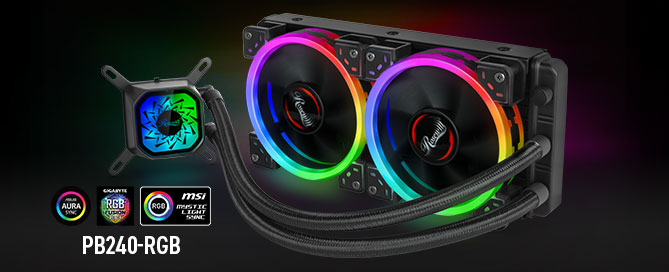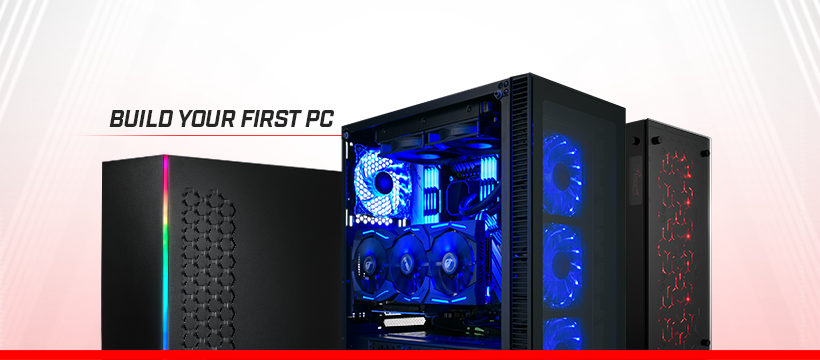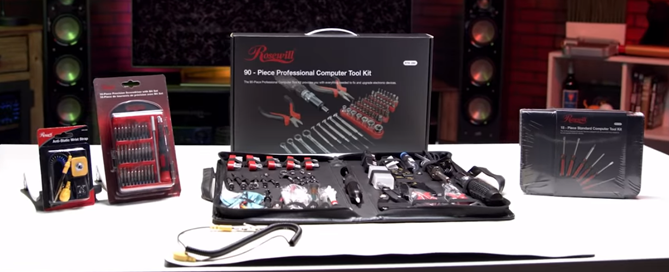ROSEWILL WI-FI ADAPTERS ARE BREAKING SPEED LIMITS!

Wi-Fi Adapters
Wireless connectivity is taking over just about every device these days – from the standard laptop and desktop PCs, to tablets and phones, and more recently, to home theater and stereo equipment, wearable technology, and even smart-home automation. And it’s great! Dusty, knotted cable clutter is becoming a thing of the past. Even better – running out of ports to plug your data cables into will be a distant memory soon, too.
Wireless performance is also improving, making this technology even more sensible. It’s also much easier to use – most devices have a really friendly user interface that even the staunchest technophobe can use! For those of you who have aging Wi-Fi components or are experiencing problems because of the sheer number of devices connecting in your home, don’t worry – updating and upgrading is easy. USB Wi-Fi Adapters make it simple.
And did I mention that Rosewill carries a range of great USB Wi-Fi Adapters? No? Well, we do!
But, you might ask, Why would I need one? A few words about the Internet and Wi-Fi adapters should help here.
What is a Wi-Fi Adapter?
A Wi-Fi Adapter is essentially a special antenna that physically connects your computer to the ‘Net using either a USB port or a PCI slot on a computer’s motherboard. While a USB Wi-Fi adapter can be easily installed or removed whenever needed in either a desktop or laptop, a PCI Wi-Fi adapter is designed for permanent installation in a desktop computer. It’s secured into place on the back of your computer (usually) with an antenna (or two) and a cable inside that requires connection to the motherboard.
Many computer motherboards sell without an internal, built-in Wireless Network Interface Controller (WNIC); in some cases, a motherboard might have an outdated one. This can limit a computer’s ability to connect to a high-speed wireless network – and a USB Wi-Fi Adapter is the easiest way to remedy that problem. Also, some computers are equipped for only one of the two most popular wireless Internet frequency bands – the 2.4 GHz band – and not the 5 GHz band. In this case, a dual-band Wi-Fi Adapter is a great peripheral to have handy so that your desktop or mobile computer will be equipped for the best Internet performance in any Wireless Local Area Network (WLAN). I want to show you our line of Wi-Fi adapters, but first, a word or two on when you might find yourself in need of this specialized equipment.
When Would I Need One?
Not all devices have 11ac technology
The trend for wireless routers is moving to the newest Wi-Fi standard – 802.11ac – but computers haven’t completely caught up. Most mobile devices come with the n standard, but hi-def game and movie streaming hungers for more bandwidth.
The standard for wireless connectivity up until now has been “802.11n.” N-standard devices operating on the 2.4 GHz frequency range are best at close range with no obstructions. However, the 5 GHz band has proven to be better at connecting over longer distances and with a signal that remains reliable even with things in the way, like walls, for example. Many n-devices can simultaneously operate on the 5 GHz level; these are “dual-band” devices.
Router to computer – Can you hear me now?
Remember those old Verizon Mobile commercials with the guy walking to all corners of the earth with his cell phone, repeating, “Can you hear me now?” That’s similar to what happens between a wireless router and your computer – just faster and more often. Hopefully, yours are saying, Yes. But that may not be the case when you leave home and try connecting elsewhere. Upgraded router standards require upgraded signal receivers for consistent and reliable networking.
The fastest data rate possible (this a theoretical, or potential number) was recently about 300 Mbps. Operating on the dual-band frequencies, 600 Mbps (300 + 300 Mbps) was the fastest possible data rate available. Now, the standard has stepped up a notch to about 433 Mbps; with dual-band performance, the number goes up to 867 Mbps (433 + 433 Mbps; fractional values are rounded up).
867 Mbps – Can you hear me now? Yes. And really, really quickly, too.
Why are Rosewill’s Adapters so Great?
Rosewill Wi-Fi Adapters are pioneering the highest-speed and highest-performing technology. Many brands only offer 802.11n technology, even though 802.11ac now the wins the race – and is backwards compatible with all other standards (802.11a/b/g/n). Rosewill carries products in every category to suit every need. Let’s take a look at how to find the best one for you.
Choosing the Right RW USB Wi-Fi Adapter
Step 1. Find out which wireless standard your router uses, and which radio frequency band it uses to send the signal. There are five wireless standards, identified by the letter following IEEE 802.11; in increasing levels of performance, the standards are a (or none), b, g, n, and ac. There only two bands: 2.4 GHz and 5 GHz.
Step 2. Find out the specs on your Wi-Fi device(s). 802.11n has been the standard as of late, but as mentioned above, has been superseded by 802.11ac technology. N-devices are great and may be just what you need; an ac adapter would be a nice enhancement for you.
Step 3. Determine what you need. Are you just casually surfing the ‘Net, shopping online, and e-mailing your mom? The 2.4 GHz, 802.11n fits the bill here. Will you be streaming movies, video games, running a home office, or just ramping up your wireless possibilities? Or are you taking your Wi-Fi device to the local coffee shop, the campus library, a LAN party? Then it’s best to be prepared for anything. A dual-band, 802.11ac USB Adapter leads the pack as a go-anywhere-do-anything device. You’ll be glad you upgraded.
Check out the comparison chart of Rosewill products below:
| Features:→ ↓Model No.: |
Wi-Fi Standard |
Frequency Band |
Potential Data Rate |
Computer Connection |
Best Uses |
Special Extras |
|---|---|---|---|---|---|---|
| RNX-AC1200UB | 802.11ac1 | Dual Band | 5 GHz: 867 Mbps; 2.4 GHz: 300 Mbps | USB | Ultra-high speed gaming laptop or desktop; streaming movies; VoIP | Stylish housing; LED indicator; easy setup |
| RNX-AC600UB_V2.0 | 802.11ac | Dual Band | 5 GHz: 433 Mbps; 2.4 GHz: 150 Mbps | USB | Ultra-high speed gaming laptop or desktop; streaming movies; VoIP | Stylish housing; LED indicator; easy setup |
| RNX-N150UB | 802.11n2 | 2.4 Ghz | 150 Mbps | USB | All basic internet uses | Tiny size – plug in and forget; easy setup |
| RNX-N150UBE | 802.11n | 2.4 Ghz | 150 Mbps | USB | All basic internet uses | WPA/WPA2 encryptions created by the Wi-Fi Alliance for advanced security; extended range; Free USB extension cable included; easy setup |
| RNX-N300UB | 802.11n | 2.4 Ghz | 300 Mbps (most common) |
USB | All basic internet uses | Advanced security; CCA Technology ensures stable connection; easy setup |
| RNX-N600UB | 802.11ac | Dual Band | 600 Mbps (5 GHz: 300 Mbps; 2.4 GHz: 300 Mbps) |
USB | All basic internet uses | Free USB extension cable included; easy setup |
- IEEE 802.11ac is backwards compatible with 802.11a/b/g/n
- IEEE 802.11n is backwards compatible with 802.11a/b/g
Oh…Did I mention Rosewill makes great Wi-Fi Routers, too? No? Well, once again, we do!
Check out the Rosewill RNX-AC750RT – Dual band Wi-Fi router. One Router satisfies all your Wi-Fi needs!



